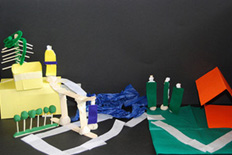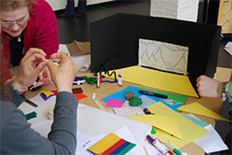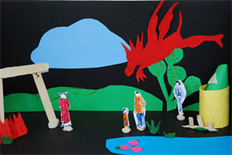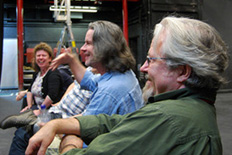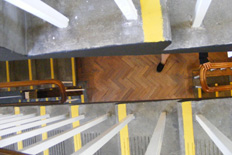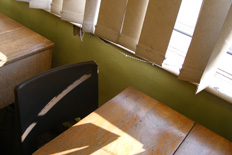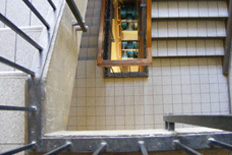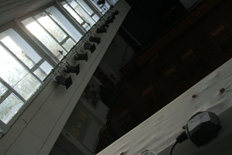It has been a total delight to partner with Footprint Scenery on behalf of the Society of British Theatre Designers to create a series of events exploring the value of design.
Performance design/scenography regularly sits within the silo of ‘the creative team’, an established, hierarchical tradition that remains within the UK and elsewhere despite the diversity of practices that we now regularly undertake.
With these events both myself and Footprint wanted to embrace the excitement of what the future might look like. We wanted to explore how we might situate ourselves as designers and makers within a wider interdisciplinary context that acknowledges the blurring boundaries between theatre, film, architecture, heritage, retail and product design to name but a few.
Visual rather than verbal/aural content predominates in a global promotion and sales market while audiences/consumers increasingly expect a full sensory experience when they interact with something in the real rather than the virtual world.
Tupac Martir, Jim Whyte and Marcus Romer stimulated debate around Who are the storytellers now? in our first Footprint Xchange at the Lyric Hammersmith in March, followed by our exploration of how process might be valued in The Value of Design 2: Left Brain, Right Brain? in which, amongst other things we considered the advantages of dyslexia and neuro-diversity in the design process. Again hosted at the Lyric studio, our guest speakers were Stephen Miller (Research and Evaluation Manager for The Design Council).
Pippa Nissen (Nissan Richards Studio), Jim Rokos (award winning product designer) and Ab Rogers (Ab Rogers Studio). The balance in this group of speakers between interdisciplinarity across the contemporary scenographic nature of architectural, museum and exhibition design with the purity of Jim’s process in often mischievously and anarchically characterizing beautiful objects, such as his wine decanter that will co-exist by tilting with your drunkenness as your night progresses, made for an inspiring evening.
‘Understanding design can sometimes feel like quantum mechanics. Much like the dark matter and energy which drives the expansion of the universe, good design and the process behind it can be invisible. I would argue that more is unknown than is known about how design creates the impact it does, and I’m not alone in saying this. Dan Hill, Associate Director at Arup, has also drawn comparisons between design and dark matter, arguing that there are invisible but essential forces – such as national policy or business model or organisational culture – involved in the design and delivery of every product or service. He argues that “without addressing [the] dark matter [of design], and without attempting to reshape it, we are simply producing interventions or installations or popups that attempt to skirt around the system.” ‘
Stephen Miller, The Design Economy Report, Design Council
Stephen’s is one of a series of in depth reports published recently within the Creative Industries sector. With very similar themes emerging in the Creative Industries Federation Industrial Strategy and Freelancers reports and all of these reports aligning in terms of key priorities that could make a significant shift in the sustainability of careers in our field if advocated for and acted upon we seem to be at an important moment in time.
It seems fitting that our next Value of Design on 15th September 2017 should take the theme of Global/Local?
Situating ourselves in the heart of urban regeneration in The Bussey Building as part of the Peckham Festival, we will explore this precarious yet dynamic global/local relationship with guest speakers including Merlin Entertainments and internationally renowned graffiti artist Remi Rough.
The events themselves have generated a warm and convivial environment in which our naturally reticent species (designers) can meet one another and continue conversations in the bar.
For me personally, the meetings and exchanges via email, phone and face to face that have taken place with speakers and my wonderful colleagues at Footprint as I have prepared to facilitate each event have been incredibly inspiring in shaping my own thinking, my teaching and the work that I do on behalf of the Society of British Theatre Designers.
Immense thanks to Danny, Agnes, Cat, Ed and Rachel at Footprint and Laura Sampson at The Designers Formation.
You can find my guest blog and a summary of each Footprint Xchange here.
Full articles by myself and Jim Whyte will appear in the Autumn 2017 issue of Blue Pages, the print journal for the Society of British Theatre Designers (SBTD).




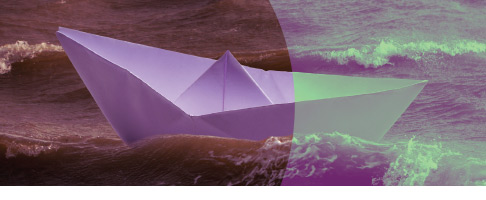

![Banner-400 for email[277]](http://www.fionawatt.co.uk/blog/wp-content/uploads/2013/08/Banner-400-for-email277.png)

